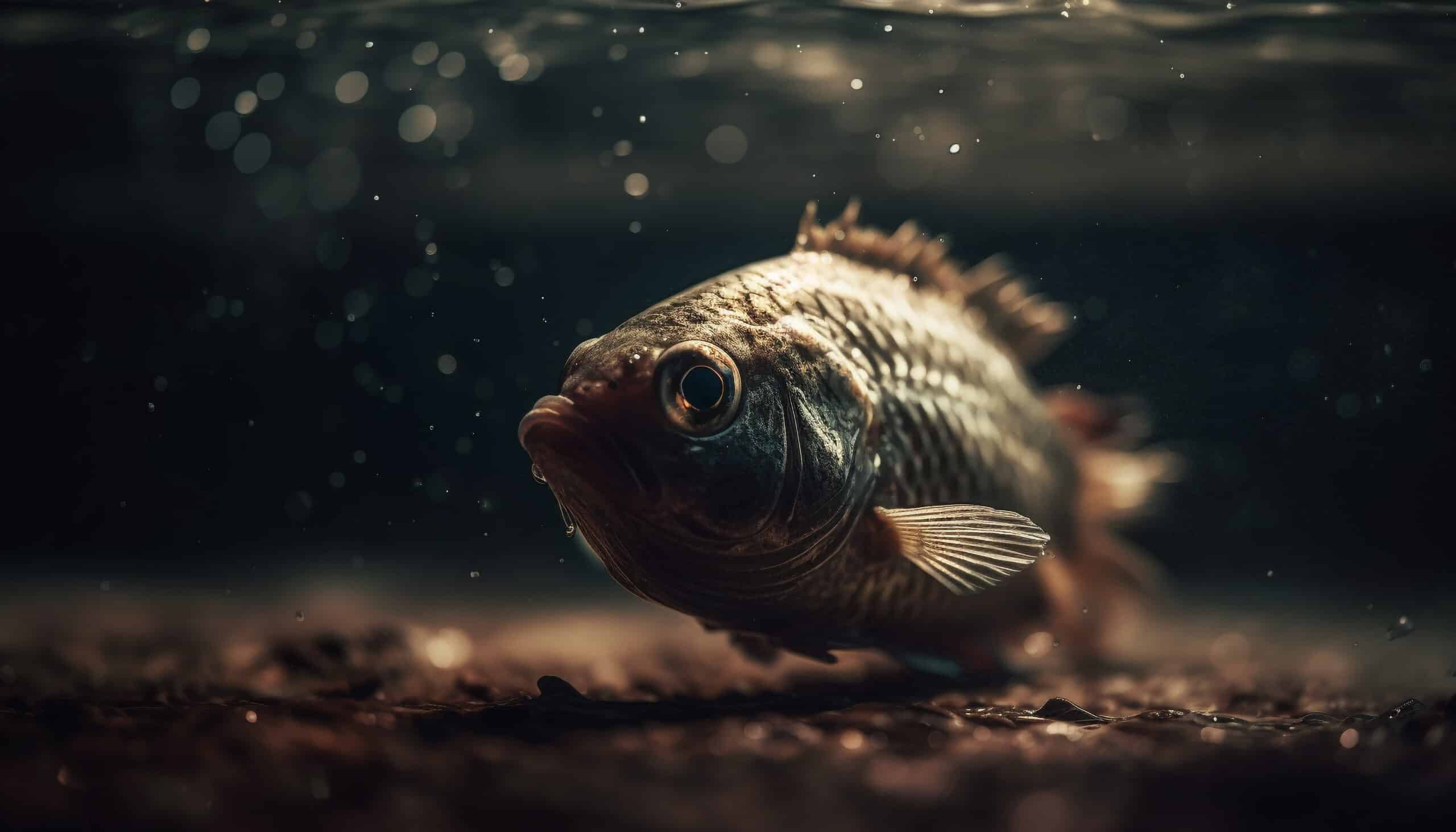Do Fish Go to the Bottom When Hot?
Key Takeaways
- Fish tend to seek cooler temperatures when the water is hot.
- Fish may move to deeper waters or seek out shaded areas to find relief from the heat.
- Fish are highly adaptable creatures and may alter their distribution within a body of water in response to environmental changes.
When water temperatures rise, whether due to hot weather or other factors, fish are known to seek cooler environments. But do they go to the bottom of the water when it’s hot? Let’s explore this question and delve into the behavior of fish in warm water.
Seeking Cooler Waters
According to several sources, including Frontiers for Young Minds and the Oregon Department of Fish and Wildlife, fish tend to seek cooler temperatures when the water is hot. Being ectotherms, fish cannot control their body temperatures internally, so their bodies adjust to the temperature of their surroundings. In warm water, fish can become stressed, leading to sickness or strange behavior.
The Frontiers for Young Minds article specifically mentions the case of delta smelt in the San Francisco Estuary. When water temperatures increased, the delta smelt exhibited faster swimming speeds, spread out more, and became more susceptible to predation. These behaviors were likely an adaptive response to cope with the challenging conditions.
Behavior in Hot Water
While the available information does not explicitly state whether fish go to the bottom when it’s hot, we can infer some behavioral patterns that might occur in warm water. Fish may move to deeper waters in search of cooler and more oxygen-rich environments. Deeper water tends to have a more stable temperature compared to the surface, providing some relief from the heat.
The Fisher Smart website suggests that fish might also seek out shaded areas to find relief from the heat. Shaded areas, such as under trees, bridges, or overhangs, can provide cooler spots where fish can escape the direct sunlight. These areas can offer a respite from the heat and help fish regulate their body temperatures.
Adapting to Environmental Changes
Fish are highly adaptable creatures, capable of adjusting their behavior in response to environmental changes. When faced with warmer water temperatures, fish may alter their distribution within a body of water. They might move to areas that provide better thermal conditions and access to food.
It’s important to note that different species of fish may exhibit varying behaviors in response to heat. Some species are more tolerant of warm water, while others may be more sensitive and seek cooler environments more urgently.
Conclusion
While the available information does not directly state whether fish go to the bottom when it’s hot, it suggests that fish tend to seek cooler temperatures in response to warm water. They may move to deeper waters or seek out shaded areas to find relief from the heat. These adaptive behaviors help fish regulate their body temperatures and cope with the stress caused by high water temperatures.
It’s important for anglers and fish enthusiasts to be aware of the impact of hot water on fish behavior. Understanding how fish respond to temperature changes can help inform fishing strategies and conservation efforts.
Related Websites:
FAQs:
Q: Do fish go to the bottom during hot weather?
During hot weather, fish may adjust their vertical positioning in the water column. While some fish may go deeper, it depends on factors such as water temperature, oxygen levels, and food availability.
Q: How does hot weather affect fish behavior?
Hot weather affects fish metabolism and decreases oxygen availability in the water. Understanding these impacts is crucial for successful fishing in hot weather.
Q: What is the role of thermoclines in fish behavior?
Thermoclines, which are layers of water with different temperatures, influence fish behavior. Fish may adjust their depth to stay within their preferred temperature range.
Q: What are some fishing strategies for hot weather?
To improve your fishing success in hot weather, target deeper water and areas near thermoclines. Using bait and lures that are attractive to fish in warm conditions can also be beneficial.
Q: Why is it important to understand fish behavior in hot weather?
Understanding fish behavior in hot weather helps anglers make informed decisions about where and how to fish. It increases the chances of a successful fishing trip.






